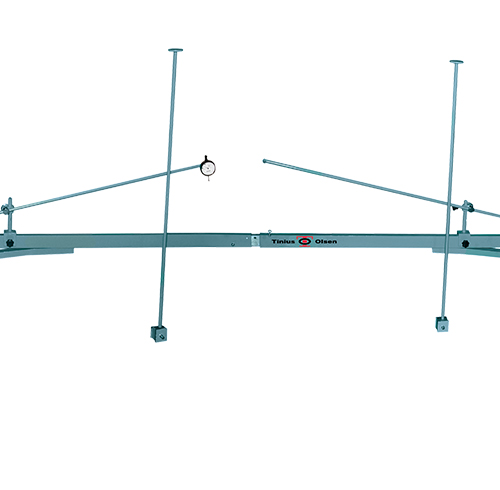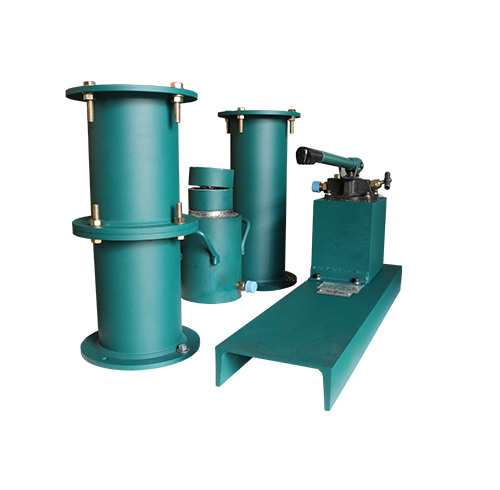The Plate Bearing Test is essentially a model test of foundations. It gives the load deformation characteristics for determining the ultimate bearing capacity of foundations.
This test is a standard technique for determining bearing capacity of soils and the results of other methods are compared and calibrated with the values obtained from the plate bearing test.
In this method, a steel plate is subjected to a gradual increment of load and the corresponding settlement is noted. The ultimate bearing capacity is taken as the load at which the settlement increases at a rapid rate.
Features & Benefits
Specifications
Note: The equipment is used in conjunction with a reaction beam. This is not supplied with the equipment.







 Plate Bearing Test Apparatus
Plate Bearing Test Apparatus